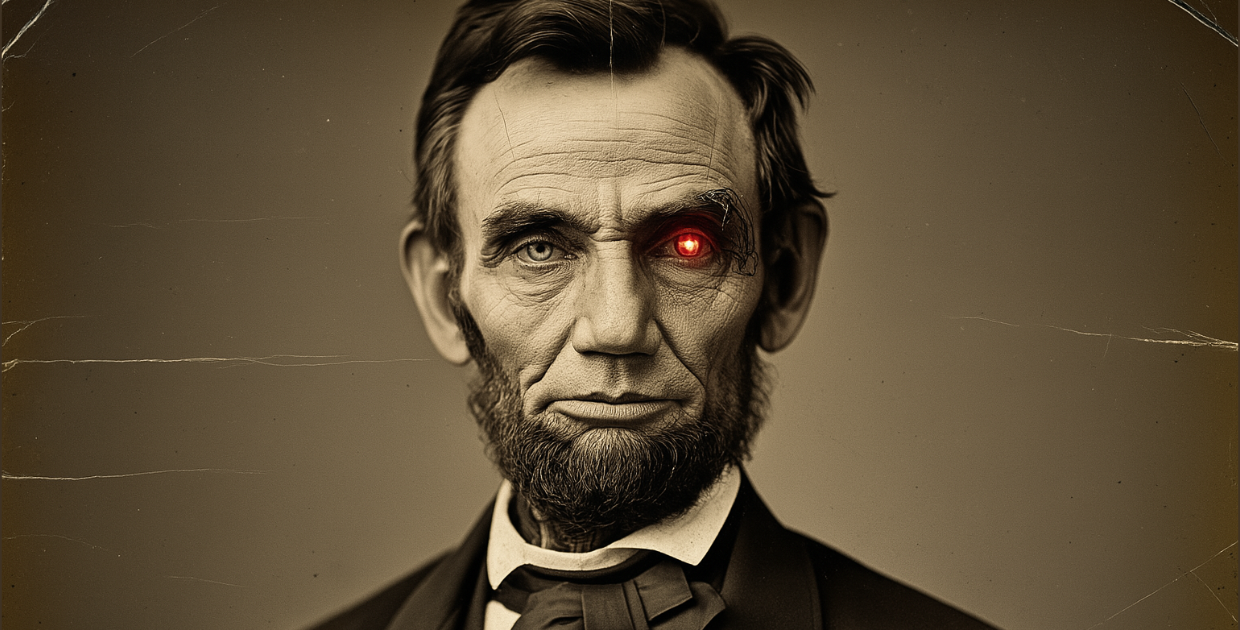Our guest today is David Kanevsky of 3D Strategic Research. He’s a data-driven strategist with a long career at organizations like the NRSC and the RSLC as well as experience as a campaign manager. David and I recently collaborated on a poll in two Virginia congressional districts to understand the effects of ranked choice voting in primary contests. In our conversation we discuss the poll, what we learned, and more.
Key Takeaways:
1. Campaigns Are Still Misusing Polling Data
David Kanevsky shares that many campaigns misunderstand or misuse polling, often focusing too much on horse-race numbers rather than the underlying attitudes and motivations of voters. Good polling should shape strategy—not just reflect support levels.
2. Behavioral Data Is More Actionable Than Opinions
Rather than just asking what people think, Kanevsky emphasizes understanding what they’ve done or are likely to do. Past behavior—like voting history or consumer habits—is often a stronger predictor of political action than stated beliefs.
3. Timing Matters More Than Volume in Research
Getting data fast can be more valuable than having the largest, most precise dataset. Campaigns need insights in real time to pivot messaging, adjust targeting, or respond to new developments quickly and effectively.
4. Voter “Mood” Is Often More Useful Than Voter “Support”
Understanding how voters feel about issues or the political climate helps campaigns find motivating messages. Kanevsky stresses that the emotional temperature of the electorate often drives turnout and candidate choice more than policy detail.
5. Polling Should Be Paired with Experimentation
Data isn’t enough on its own—campaigns should test messages, creative, and tactics to see what actually works. Kanevsky recommends integrating A/B testing with survey results to identify real-world impact and optimize resource allocation.
Watch on Youtube:
https://www.youtube.com/channel/UCdzsHPQ_uNfN8r5PILc3NhQ





